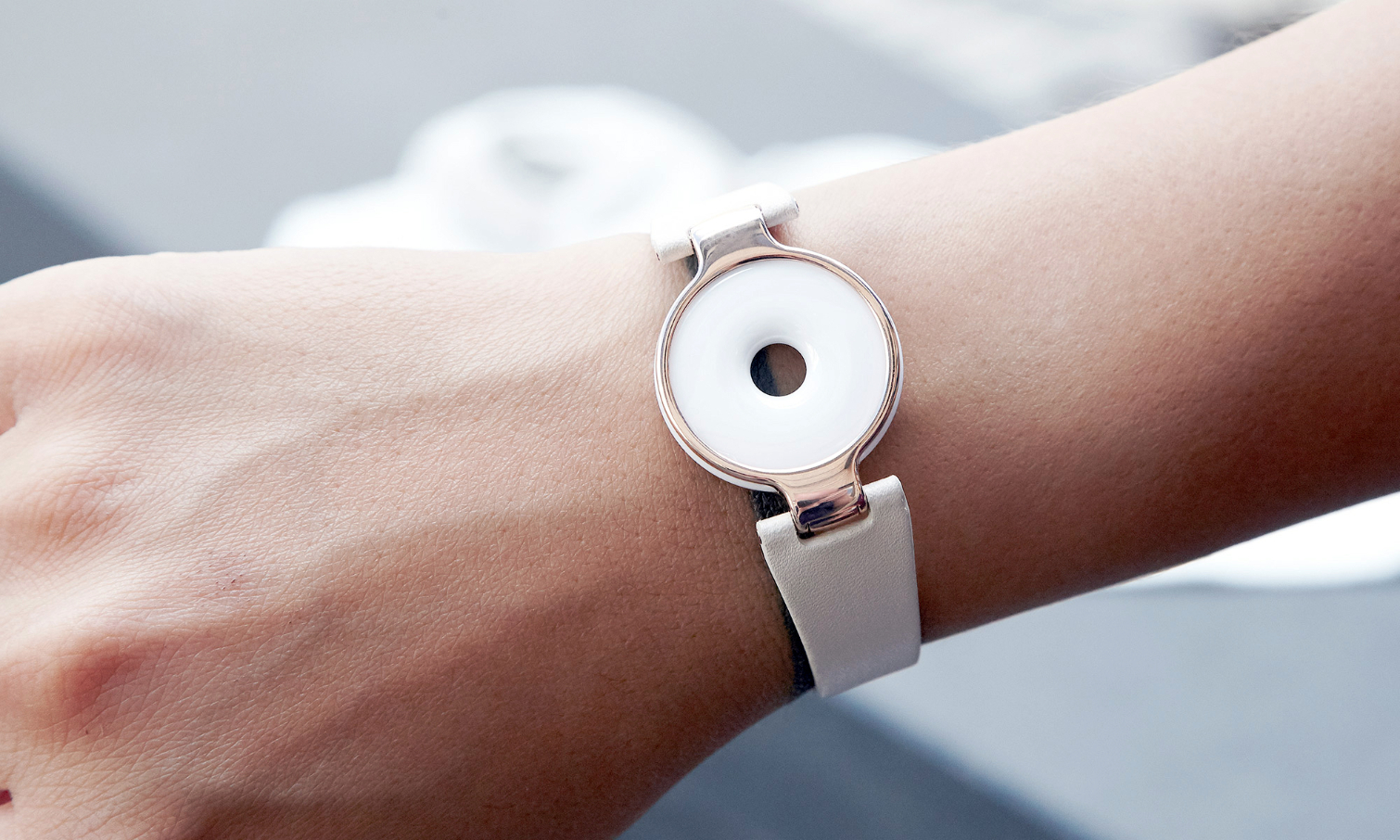Tom's Guide Verdict
The Amazfit is beautiful, but good looks don't cut it even when you're looking for an entry-level fitness tracker under $100.
Pros
- +
Elegant, polished look
- +
Range of accessories
- +
Worn on wrist or around neck
- +
Easy-to-use charging system
Cons
- -
Limited fitness-tracking capability
- -
No information immediately visible
- -
Data can be inaccurate
Why you can trust Tom's Guide
"Fashion meets fitness" is the motto for Huami, the maker of the Amazfit activity tracker. On the tracker's website, athletes in formal wear perform strenuous activities like playing basketball, boxing, doing gymnastics and climbing ropes.
But "less is more" is also a theme for the Amazfit, as this $80 device doesn't actually track those activities. It doesn't even track running accurately, just steps and sleep. So unless you care more about looks than a breadth of features, the Amazfit probably won't fit the bill for you.
Design: Amaz-ing
The Amazfit arrives in a slim, matte-black box that emanates luxury. The tracker itself is surprisingly shiny. Modeled after a traditional circular Chinese jade pendant, its elegant ceramic exterior is polished 120,000 times, according to Huami.
And even though the wristband that comes with this tracker is made of plastic, the whole package looks good enough to be part of a dressed-up ensemble. The tracker can be worn either snapped or hooked into a band on the wrist, or as a pendant around the neck.
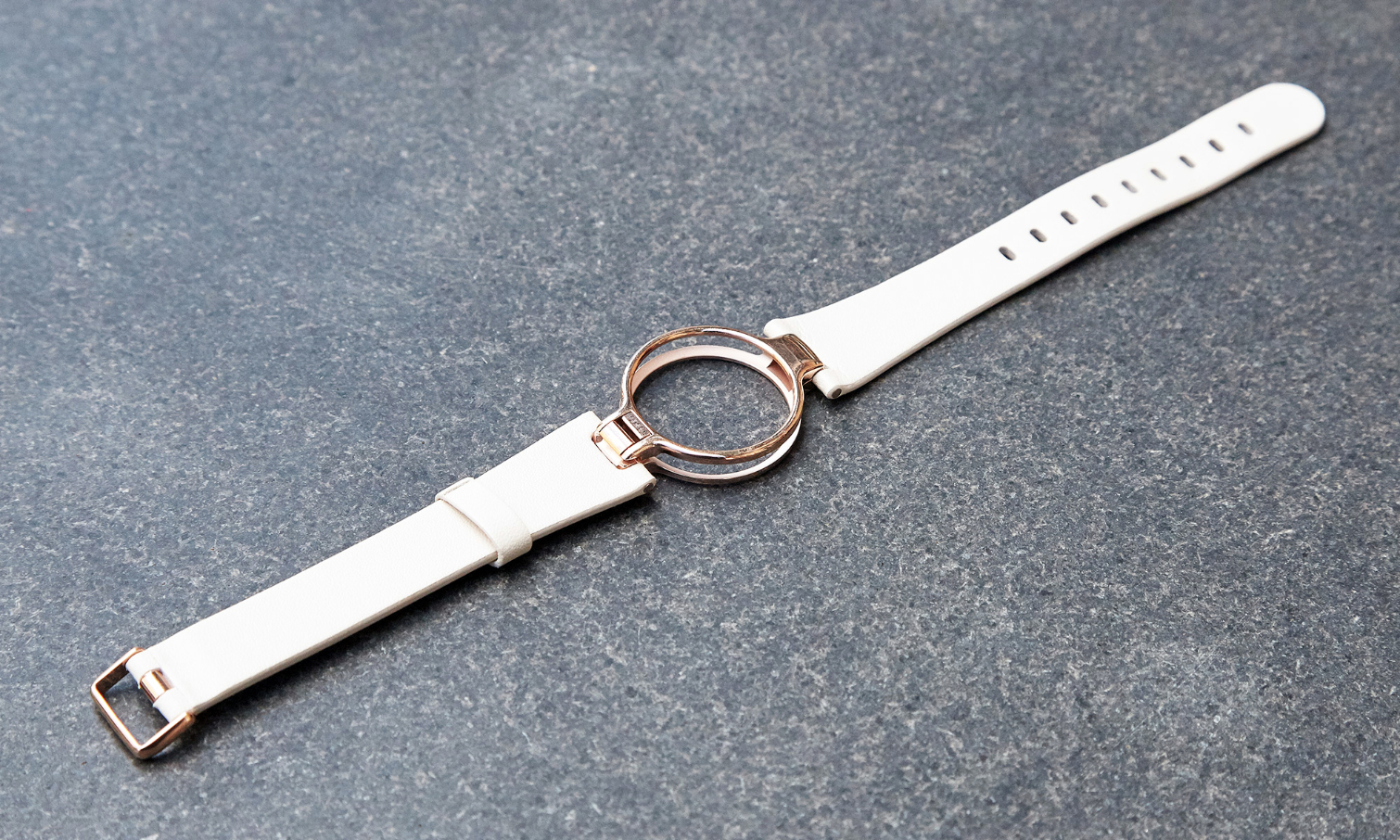
But despite its shine, and being snapped into a rose gold setting on an elegant wristband, several people who saw me wearing it said the tracker looked like a Life Savers candy — specifically, one that had been partially dissolved. No observers likened it to a jade pendant, which I also wore right next to the Amazfit when I had it around my neck.

Part of the problem—which one could see as a plus from an aesthetics standpoint—is that there's no visible hardware or indicator lights.
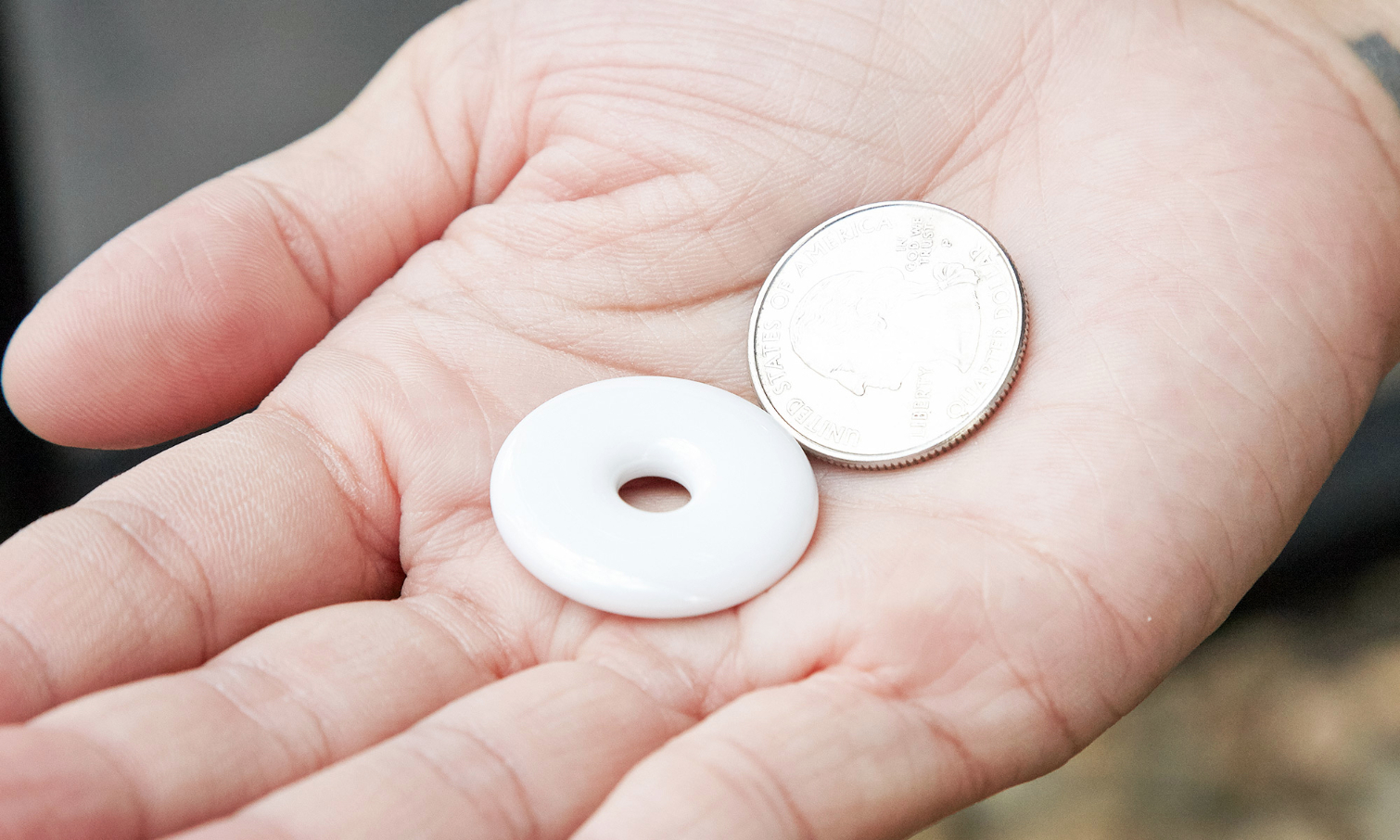
Life Savers comparisons aside, the fact that it shows no information at all is a big part of why this device appears more like jewelry than even some of the most stylish fitness trackers, like the Misfit Shine.
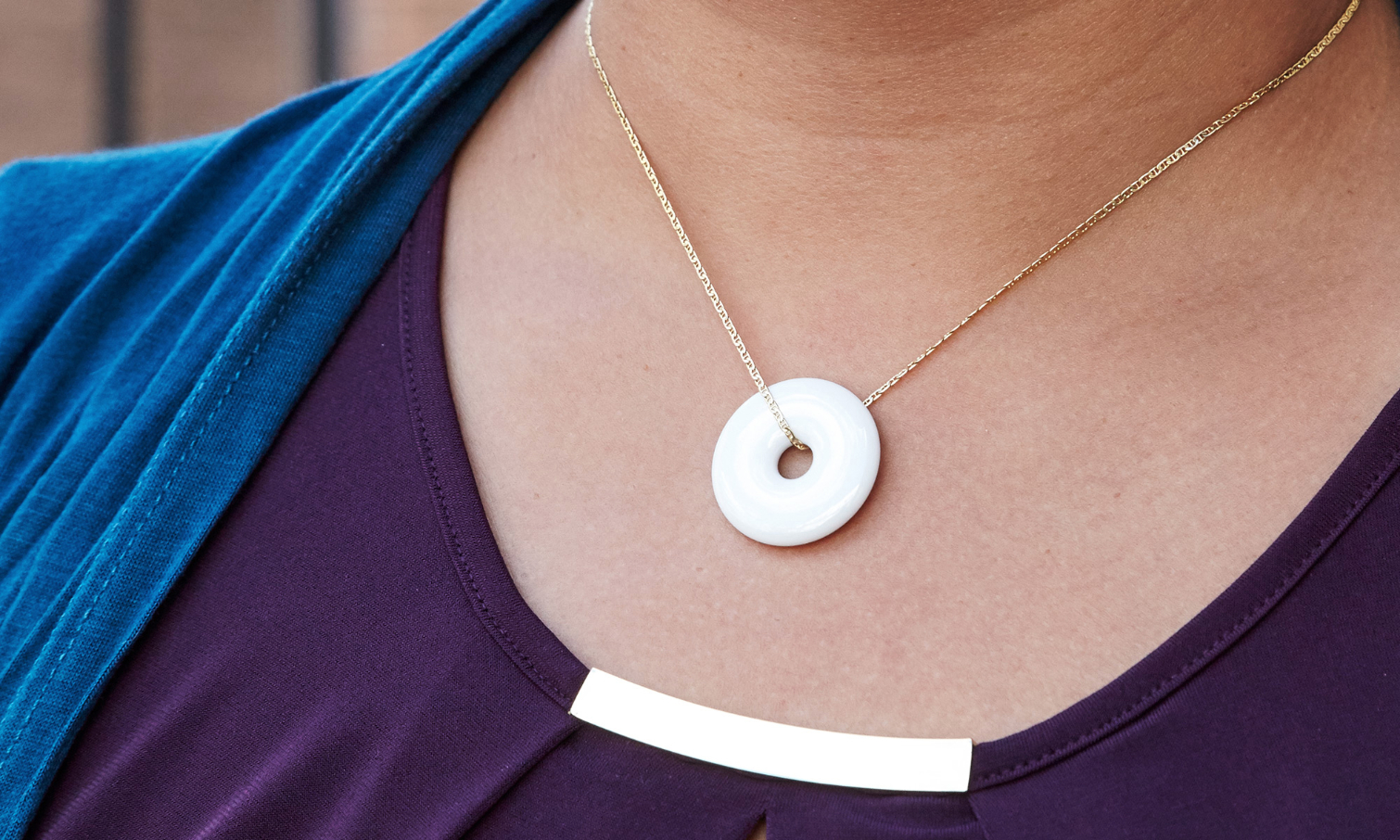
The Amazfit tracker comes in either a polished, off-white "Moonbeam" color or a shiny, black "Equator."
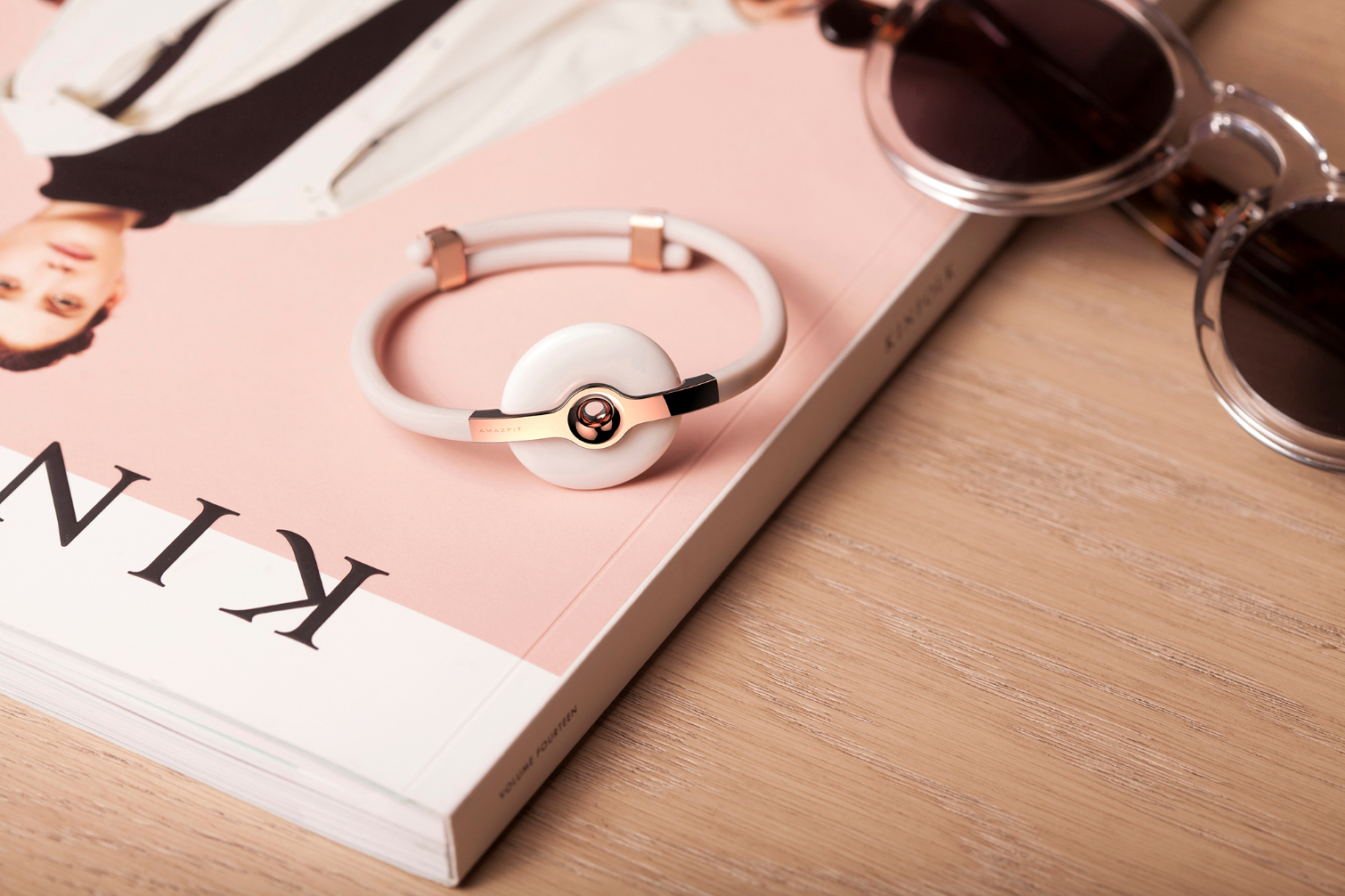
The latter looks much less like a Life Savers candy, and while you'd imagine the black version worn on the wrist being more popular among men, I found the Amazfit's slim wristband awfully dainty, and maybe not masculine enough for the average guy.
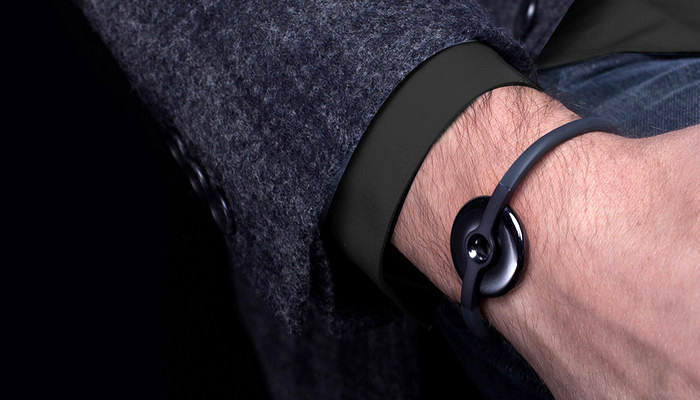
But design experts seem to like the Amazfit's look. Earlier this year, the device received the iF industrial design award and a Red Dot award for product design.
Setup
Ideally, the Amazfit can be paired easily with an iPhone or Android phone running the Amazfit app.
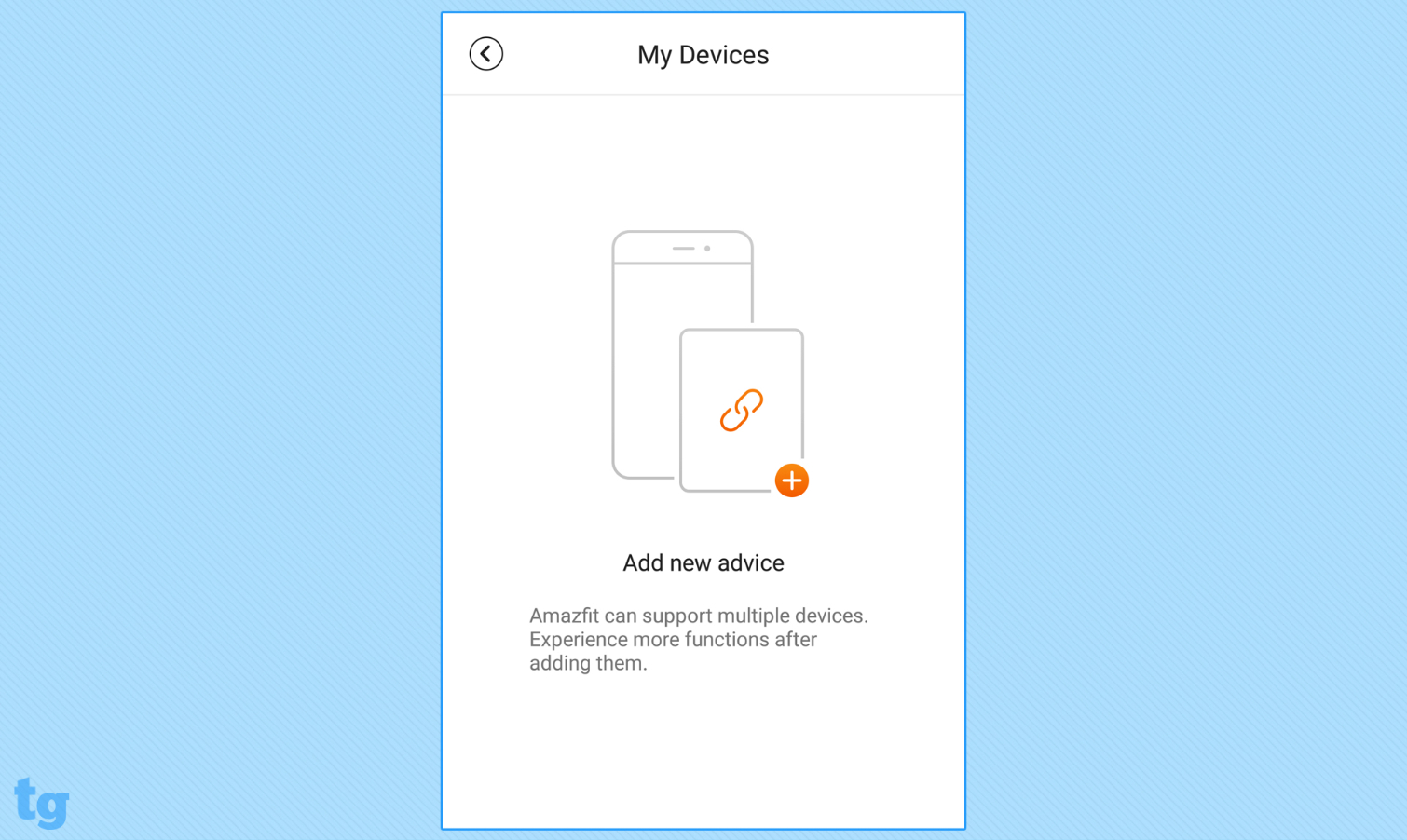
Once the app finds the device—and this is easier if there are no other Bluetooth devices nearby—the app sends a signal to the tracker, which will vibrate. You tap the Amazfit to confirm that it vibrated, and voilà, it's paired.
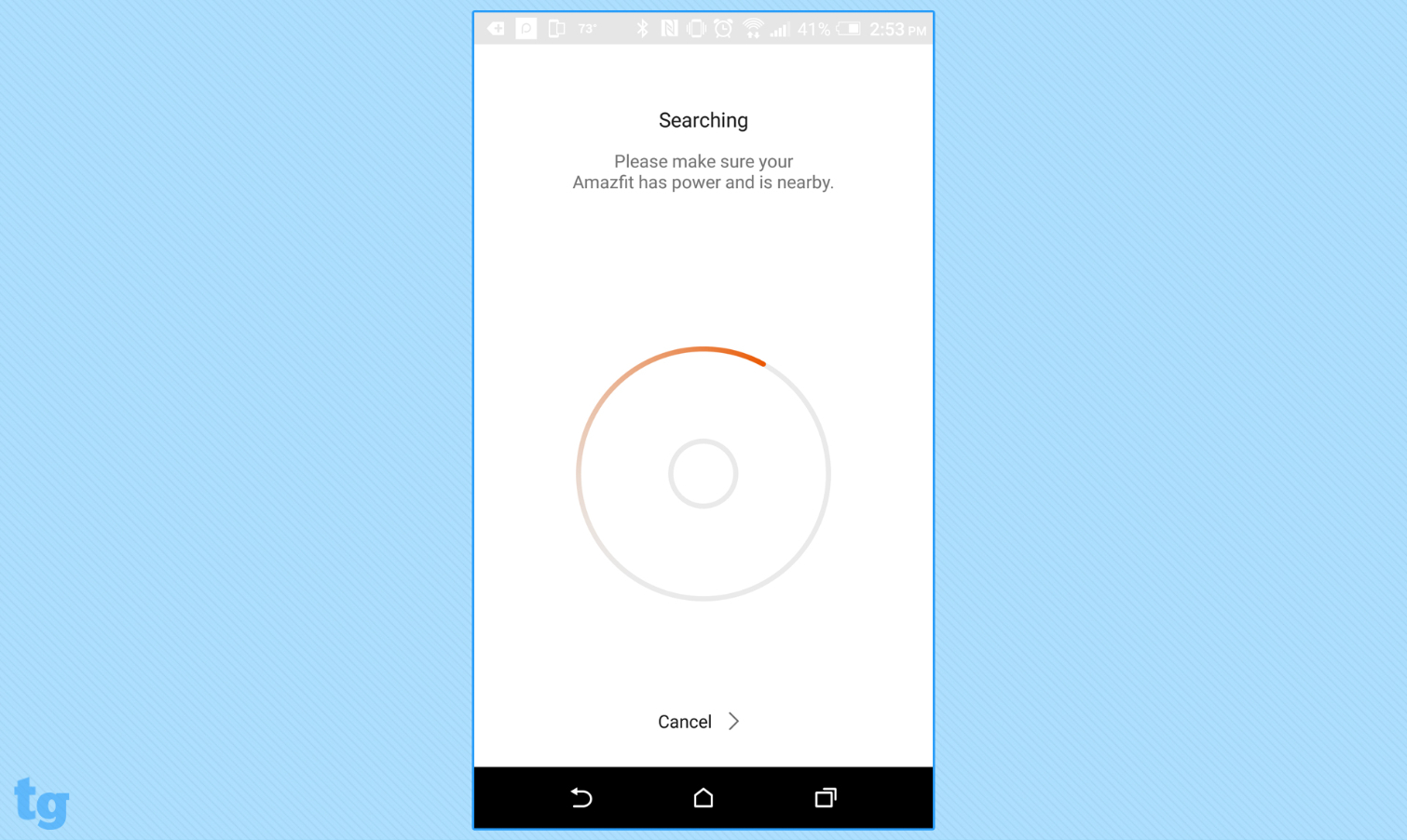
Unfortunately, this wasn't the case with the first Amazfit we tested. At first, pairing went as expected. But when the data failed to show up in the app upon syncing, the Amazfit couldn't be re-paired after unpairing.
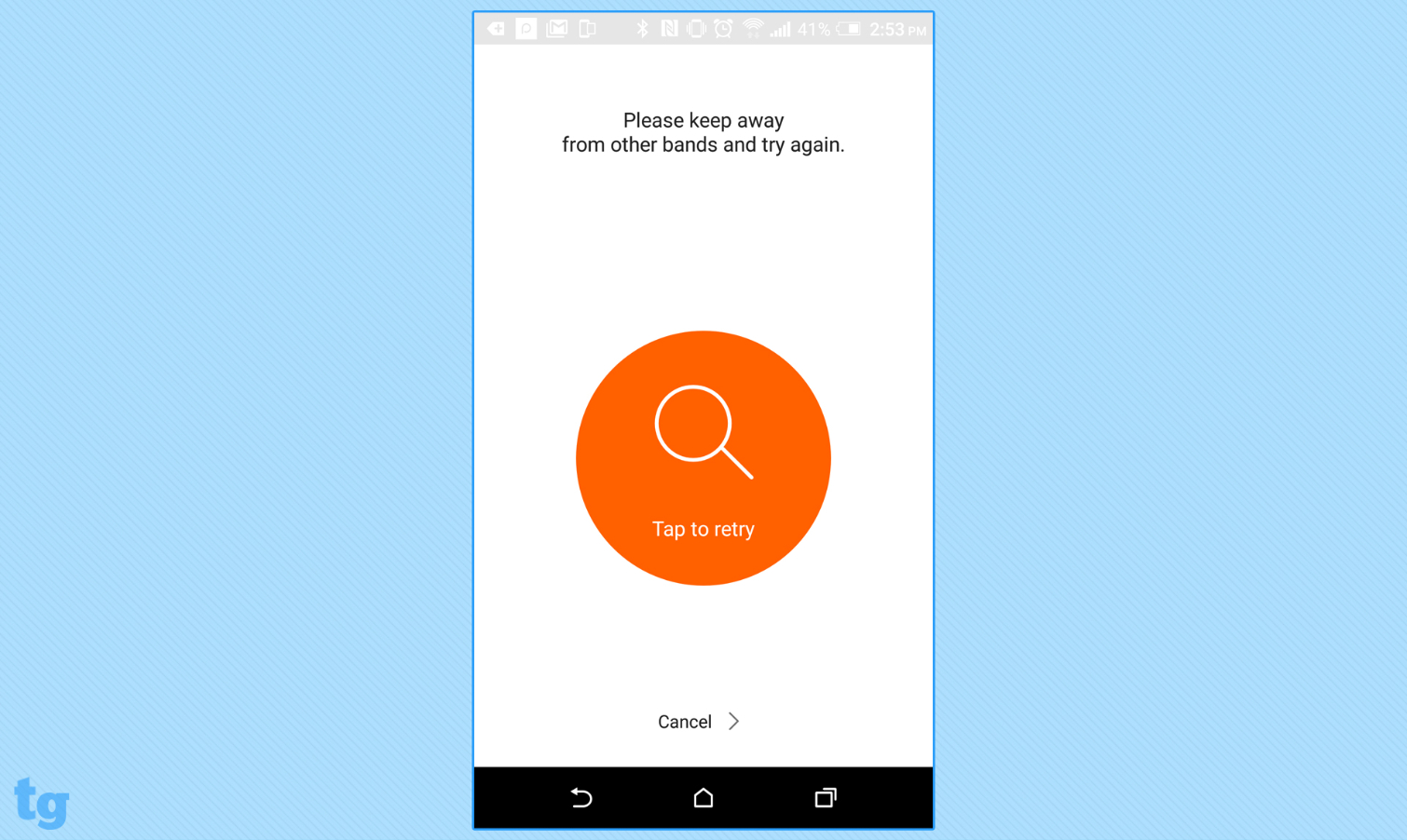
While the app saw the Amazfit nearby, it didn't register my tapping as confirmation that the tracker had vibrated. Supposedly, because of a hardware malfunction—possibly a problem with the haptic sensor inside—our first Amazfit device had to be replaced. However, the second device the company sent us worked as advertised.
App
Step and sleep data gathered by the Amazfit are visible only via Huami's Amazfit app, which works with the iPhone 4S or newer models running at least iOS 9, and Android phones running the 4.4 KitKat operating system or later.
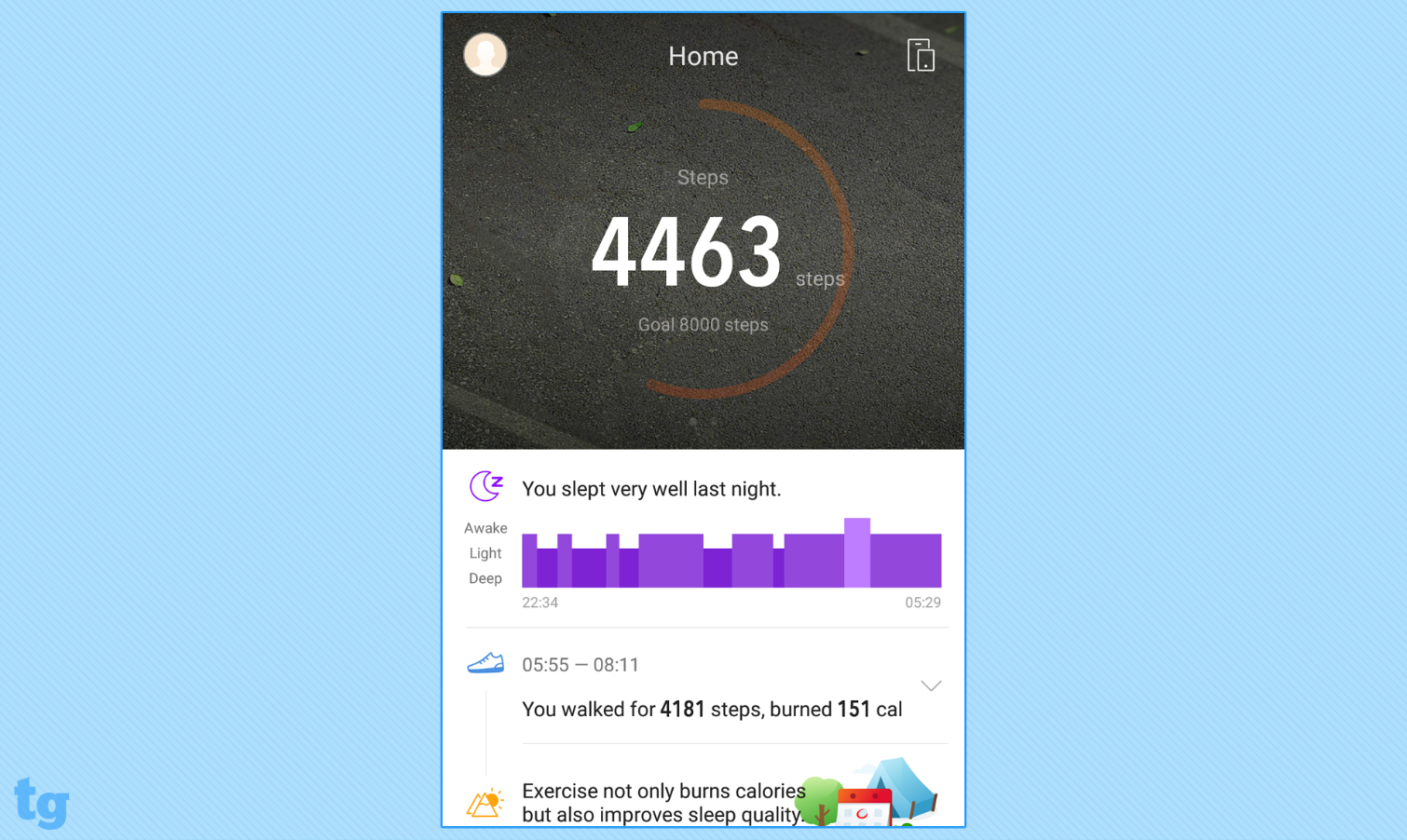
You can set your main goal, steps or calories burned, as a number you'd see upon opening up the app. Drilling down, the app shows step and sleep data and calorie-burn estimates based on your weight, which you'll enter upon setting up your profile.
You'll be able to see your activity from day to day and sleep charts showing the estimated amount of time that you spent awake, in light sleep and in deep sleep.
You can set up gently vibrating alarms and call notifications, which are turned off with a tap on the tracker. But while wearing the tracker around my neck, I found the vibrations too soft. The alarms weren't enough to wake me up in the morning and probably won't be enough to wake a heavy sleeper. Wearing the Amazfit around the wrist could be a better option, as long as there's not too much slack between the tracker and the skin.
Activity Tracking
Like many activity trackers in this price range, the Amazfituses only an accelerometer to detect movement. However, unlike most, I found the Amazfitcould had trouble interpreting both walking and sleep.
And while wearing the Amazfit around the neck is an option, the company warns that measurements taken inthat configuration won't be as accurate as those taken when wearing the device on the wrist. A web search unearthed other ways to wear the device, including as a ring, but Huami says that any data recorded when the tracker is worn that way won't be very accurate either.
For 500 steps I took in real life, the tracker counted only a little more than 400, regardless of how I wore the device. But possibly more annoying was that my step count didn't automatically update in the app. Instead, on a few occasions, I actually had to close out of the app and go back in to see the updated step count.
The Amazfit'sIP68 water-resistance rating means it can keep out water when you're in the shower, and while the tracker can withstand being under 3 meters of water for up to 30 minutes,Huami doesn't recommend wearing the tracker while swimming.
Sleep Tracking
Because the Amazfit relies on an accelerometer to sense sleep, it's difficult to really analyze sleep quality with this device, but it can track about how long you've slept, according to Huami. When it senses no steps but some movement for a period of time, the tracker assumes that you're in bed or in the early stages of sleep. Little to no movement means you're in deep sleep, while some movement again and no steps indicates that you're back into a lighter sleep phase.
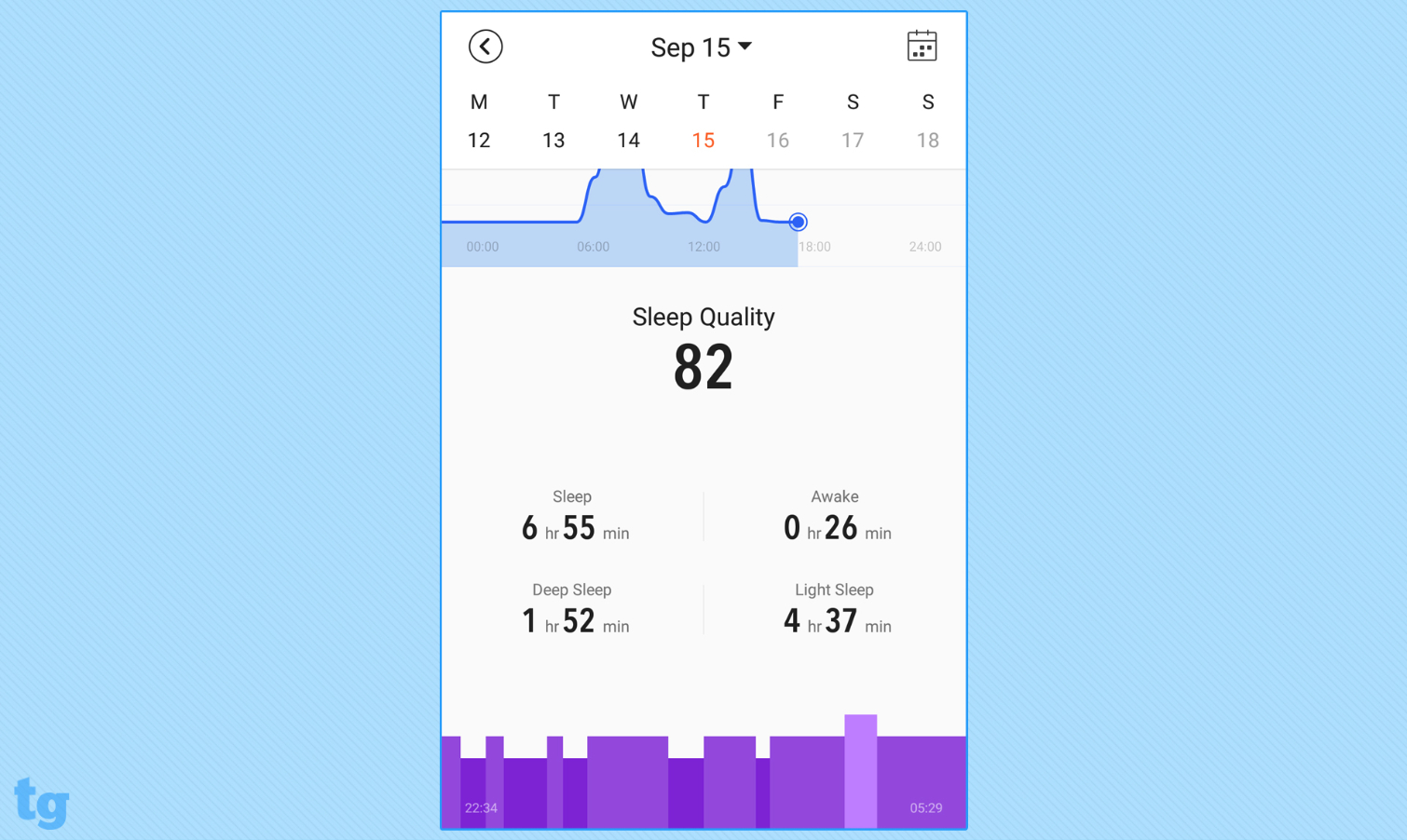
Sleep data will also be inaccurate if the tracker is worn as a pendant, because the device can slip during sleep, according to the company. I wore the Amazfit around my neck on a night when I personally don't think I had a good night's sleep, but the tracker said I had great sleep, and didn't record that I got up in the middle of the night.
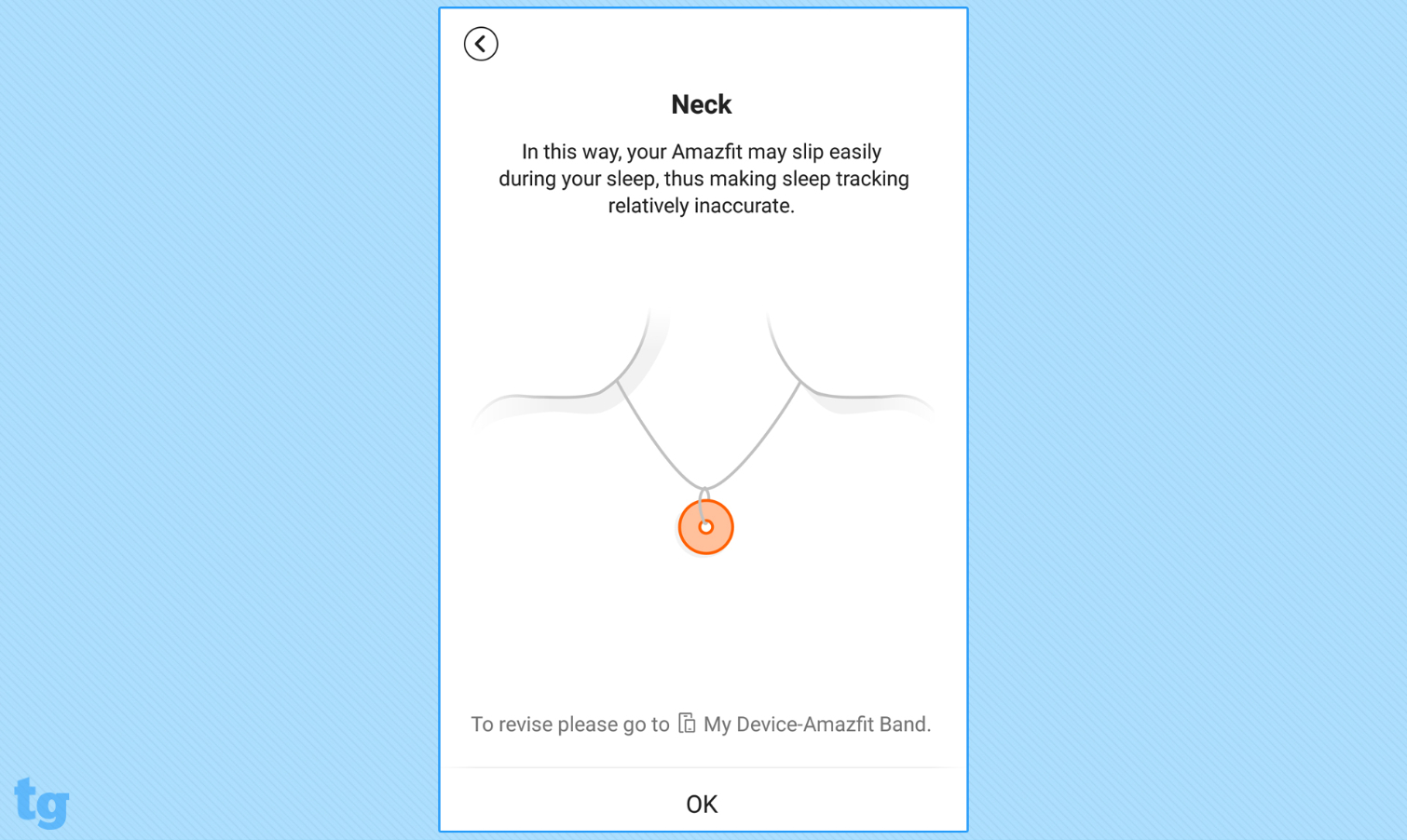
It's hard to get at the granular details of sleep quality, but the more sleep data collected, the easier it is to adjust for consistency, a Huami spokesperson said.
Unlike other apps tied to fitness trackers, the Amazfit app doesn't allow users to adjust the hours tracked as sleep. So if I woke up in the morning and went back to bed, the extra time I slept in late might not have counted.
Battery Life
The Amazfit runs on a rechargeable lithium-polymer battery, and it should last for about 10 days between charges, according to Huami. In comparison, the Misfit Shine can run for four months straight on a regular coin-cell battery.
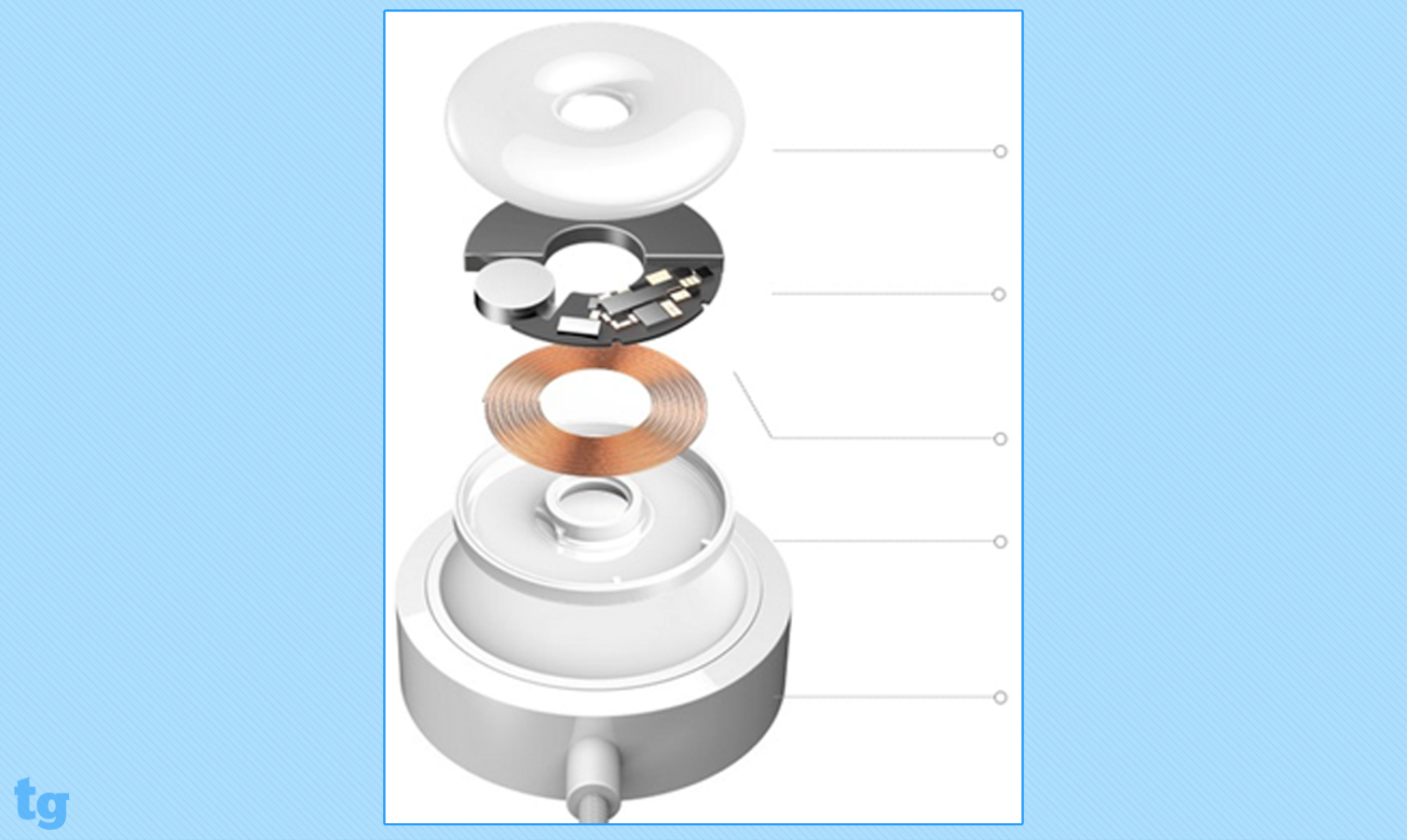
But the Amazfit's charging system is cool and convenient because it's wireless. Instead of plugging the tracker into a power source, you plug in a charging tray that your Amazfit sits on top of to charge.A white indicator light at the center of the tray will tell you that the tracker is charging. There is a possible problem with this wireless charging system though. The tracker isn't secured to the charging tray, magnetically or otherwise, and it can slip out of place. It's a less-than-ideal system around clutter, clumsy hands and children's grasps.
Bottom Line
The Amazfit band may be pretty, but hardware and software both need improvement for this device to make it to prime time. People who already use fitness trackers will expect more than what the Amazfit has to offer. And those especially concerned with looks might want to wait until October, when Fitbit's new $99 Flex 2comes out,complete with a range of more dressed-up accessories.
Althea Chang is Associate Director of Content Development for Consumer Reports and was previously a Senior Writer for Tom's Guide, covering mobile devices, health and fitness gadgets and car tech.
